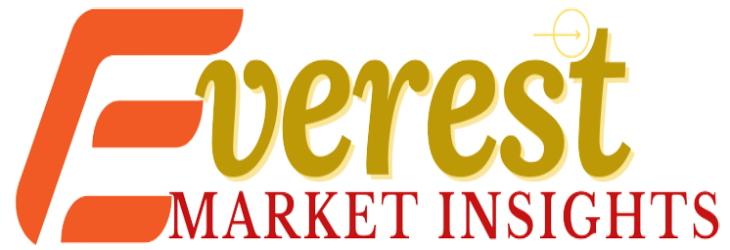The global 5G in healthcare market is witnessing significant growth, driven by the increasing demand for high-speed internet connectivity and the rising adoption of connected devices. The market is highly competitive, with several key players offering a wide range of products and services. This article provides a competitive landscape analysis of the 5G in healthcare market and discusses the key strategies adopted by market players.
Market Overview The global 5G in healthcare market is expected to grow at a CAGR of 48.8% during the forecast period, from USD 28.08 million in 2020 to USD 602.58 million by 2027. The market is segmented based on component, application, end-user, and geography.
Based on the component, the market is segmented into hardware, software, and services. Based on application, the market is segmented into telemedicine, remote surgery, medical imaging, and others. Based on end-user, the market is segmented into hospitals and clinics, ambulatory surgical centers, research laboratories, and others.
Competitive Landscape Analysis The global 5G in healthcare market is highly competitive, with several key players offering a wide range of products and services. The market is dominated by companies such as Nokia Corporation, Ericsson, Huawei Technologies Co. Ltd., Verizon Communications Inc., and AT&T Inc.
These companies are focusing on strategic partnerships and collaborations to enhance their market presence and expand their customer base. For instance, in October 2020, Nokia Corporation partnered with Telekom Slovenije to launch the first 5G commercial network in Slovenia. This partnership enabled Telekom Slovenije to offer high-speed internet connectivity to its customers.
Key Players Strategies Market players are adopting several key strategies to strengthen their position in the global 5G in healthcare market. One of the key strategies adopted by market players is the development of innovative products and services that are compatible with 5G technology. For instance, Ericsson is focusing on developing 5G-enabled healthcare solutions such as remote patient monitoring and telemedicine services.
Market players are also focusing on expanding their market presence through strategic partnerships and collaborations. For instance, in August 2020, Huawei Technologies Co. Ltd. partnered with China Mobile to launch the world’s first 5G medical private network in Shanghai. This partnership enabled China Mobile to provide high-quality medical services to its customers.
Moreover, market players are focusing on mergers and acquisitions to expand their customer base and enhance their market presence. For instance, in August 2020, Verizon Communications Inc. acquired Tracfone, a leading provider of prepaid wireless services in the US. This acquisition enabled Verizon to expand its customer base and offer a wide range of 5G-enabled healthcare services to its customers.
Conclusion The global 5G in healthcare market is highly competitive, with several key players offering a wide range of products and services. Market players are focusing on developing innovative products and services that are compatible with 5G technology, expanding their market presence through strategic partnerships and collaborations, and acquiring companies to enhance their market presence. With the increasing adoption of 5G technology in the healthcare industry, market players are expected to focus on developing new products and services to cater to the growing demand for 5G-enabled healthcare services.
Disclaimer: The views, suggestions, and opinions expressed here are the sole responsibility of the experts. No Everest Market Insights journalist was involved in the writing and production of this article.
